GETTYSBURG
THE STORY OF THE BATTLE WITH MAPS
The Editors of
STACKPOLE BOOKS
STACKPOLE
BOOKS
Copyright 2013 by Stackpole Books
Published by
STACKPOLE BOOKS
5067 Ritter Road
Mechanicsburg, PA 17055
www.stackpolebooks.com
All rights reserved, including the right to reproduce this book or portions thereof in any form or by any means, electronic or mechanical, including photocopying, recording, or by any information storage and retrieval system, without permission in writing from the publisher. All inquiries should be addressed to Stackpole Books.
Library of Congress Cataloging-in-Publication Data
Gettysburg : the story of the battle with maps / the editors of Stackpole Books.
pages cm
Includes bibliographical references.
ISBN 978-0-8117-1218-7 (print)
978-0-8117-4976-3 (eBook)
1. Gettysburg, Battle of, Gettysburg, Pa., 1863. 2. Gettysburg, Battle of, Gettysburg,
Pa., 1863Maps. I. Stackpole Books (Firm)
E475.53.G424 2013
973.7'349dc23
2013000965
Contents
Foreword
Our aim is to give the reader a sense of the flow of the battle.
 and
and  command two great armies, of which the first subunit is a corps (Confederate 18,000 men; Union 11,500):
command two great armies, of which the first subunit is a corps (Confederate 18,000 men; Union 11,500):

... composed of divisions (Confederate 6,500; Union 3,800):

... made up of brigades (Confederate and Union 1,4001,500, but ranging from 600 to 2,500):

(Regiments  are seldom divided out, in our treatment.)
are seldom divided out, in our treatment.)
Arrows  mean
mean
movement,  fighting or firing.
fighting or firing.
 is artillery (generally and partially shown),
is artillery (generally and partially shown),  cavalry.
cavalry.
Blue  is for the Union, gray
is for the Union, gray  for the Confederacy,
for the Confederacy,
green  for what might have been.
for what might have been.
THE EDITORS
To those gone before
To those yet to come
Prelude
Above the map, north of Gettysburg, ROBERT E. LEEs Army of Northern Virginia is spread across more than twenty-five miles of Pennsylvania farmland. Below the map, GEORGE MEADEs Army of the Potomac covers a similar swath of southernmost Pennsylvania and northern Maryland:
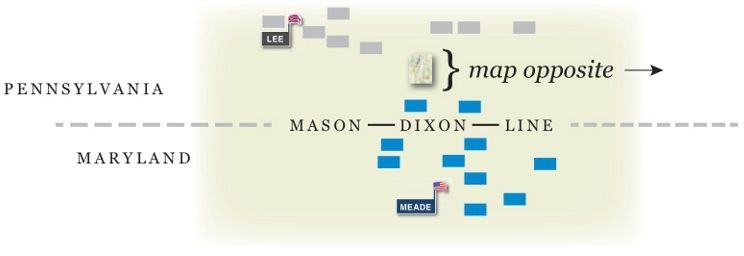
The Union army is larger and better equipped. Weighing morale, generalship, and the string of Confederate victories to date, the match is even. ROBERT LEE needs no introduction. GEORGE MEADE is new to highest command. Lincoln has been going through generals frustratedly. No one knows what the capable, splenetic MEADE will do.
Each army is unclear on the others whereabouts. The Confederates have been in Pennsylvania, menacing Harrisburg and the Industrial North; MEADE has been keeping between them and Washington, D.C. Both feel blindly out with parties of horsemen, antennas of spies, scouts, talkative locals, skirmishers, pickets, and lookoutsthe cloaking screens and early-warning-system eyes and ears indispensable to any great army in the field.
The day before the Battle of Gettysburg begins, Union cavalry under Buford, patrolling around Gettysburg, hear from the citizenry of a Confederate column northwest of town, up the Chambersburg Pike. Buford explores in that direction and sees some Rebels. Following a brief at-a-distance encounter, possibly without a shot fired, both sides retire amicably, part of the reconnoitering process being to probe, engage (only a little), withdraw, reportno major fighting before top command can garner sufficient info.
On the eve of Day One, Bufords 2,500-plus dismounted cavalry (brigade commanders Gamble, Devin) are in temporary camp (bivouac) west of town. Pickets (small rifle detachments) and vedettes (lookouts) are flung wide, ringing the area like sensors. 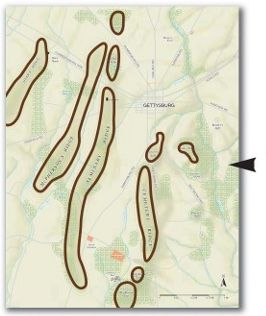
Note the key points of high ground: Oak Hill, Cemetery and Culps Hills, Little and Big Round Top, and the ridges. 
MEADE and LEE are at their respective headquarters, off the map as indicated.
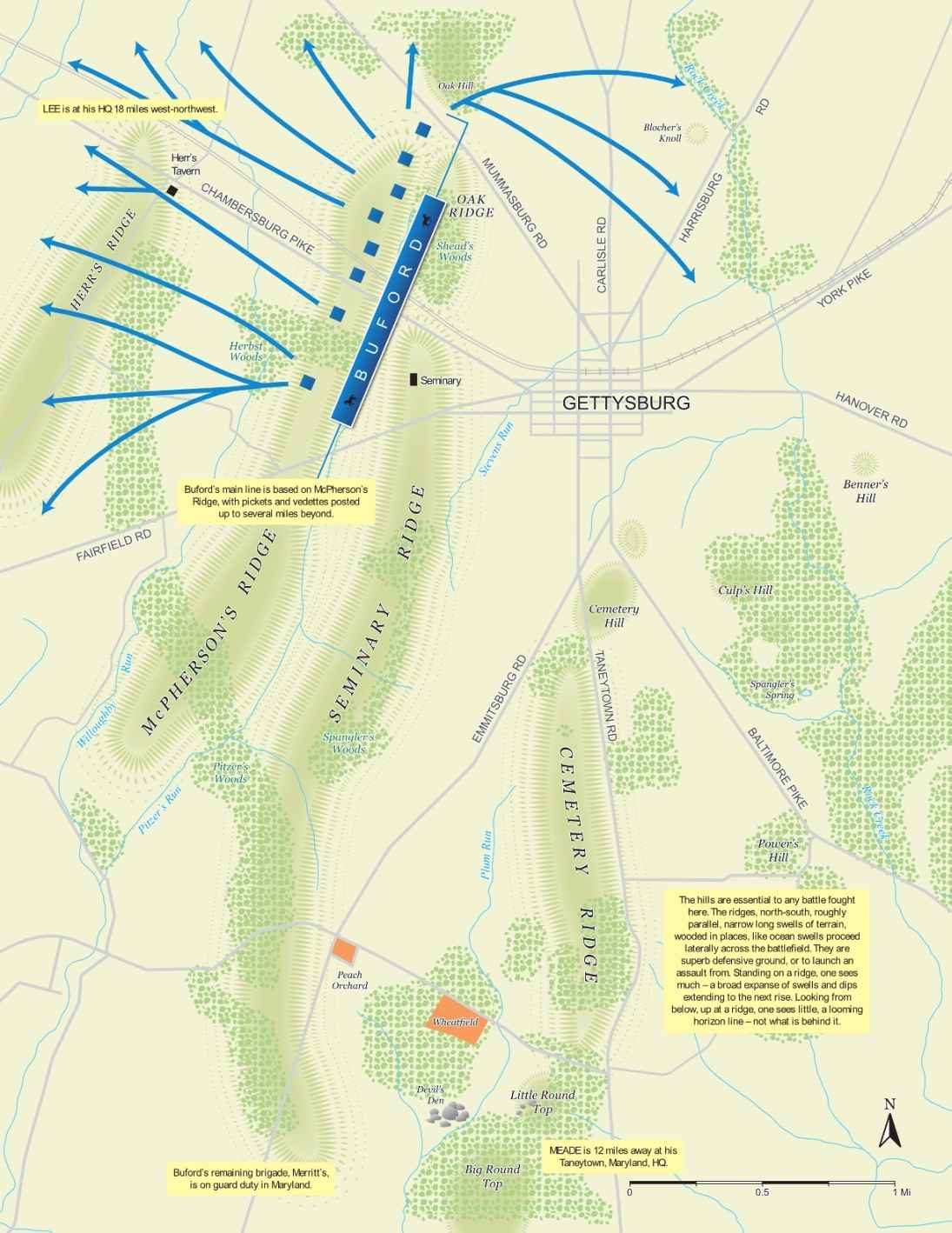
July 1, Early Morning
In the first hours of summer daylight, July 1, 1863, with after-rain steam rising off the farm fields, Confederates exploring in force move southeast down the Chambersburg Pike toward Gettysburg. They encounter Bufords lookout parties. Misty figures exchange shots.
These forward parties of Bufords dismounted cavalry are greatly outnumbered. They commence an hours-long, guerrilla-style delaying action, slowing and disrupting the Confederate advance. The Yankees harry and harass. The Confederate marching columns slow, are blunted, must become cautiousspread some of their number out to either side of the dirt road into adjoining fields and woods to meet the challenge, screen their marching columns from diagonal danger, try to take the fight to the harassing Yankee skirmishers who hide and fire, retreat to new cover on either side of the fenced earthen road, lay down more fire, run again, attack from yet a different angle:
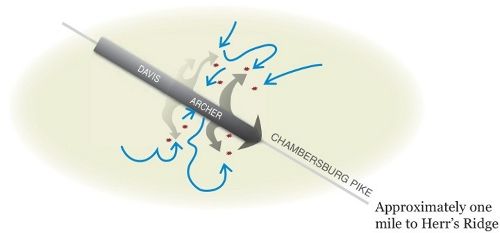
Bufords dismounted cavalry fights on foot. It might be called mounted infantry. Troopers gallop swiftly to each new position to dismount, one man in four serving as horse-holder with his and the other threes horses to rearward while the remaining three men fight as infantry. When its time to move, all mount and ride. Speed being all-important on any battlefield, this technique multiplies infantry power.

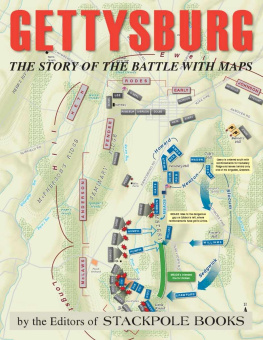

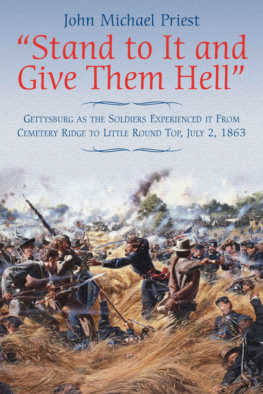
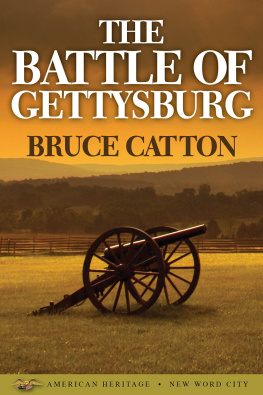
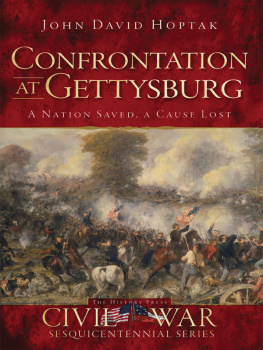
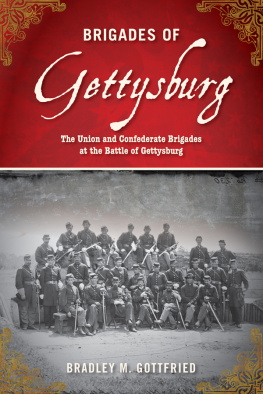
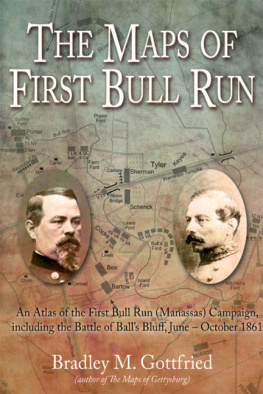
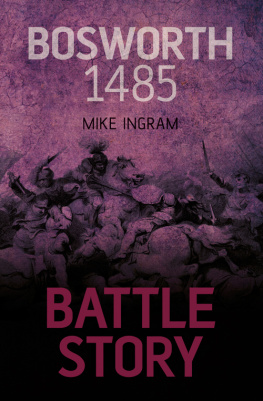
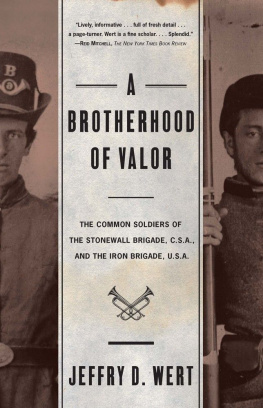
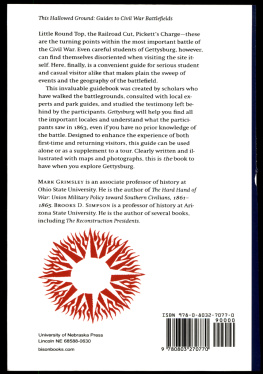
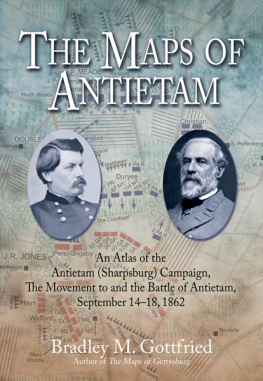

 and
and  command two great armies, of which the first subunit is a corps (Confederate 18,000 men; Union 11,500):
command two great armies, of which the first subunit is a corps (Confederate 18,000 men; Union 11,500):


 are seldom divided out, in our treatment.)
are seldom divided out, in our treatment.) mean
mean fighting or firing.
fighting or firing. is artillery (generally and partially shown),
is artillery (generally and partially shown),  cavalry.
cavalry. is for the Union, gray
is for the Union, gray  for the Confederacy,
for the Confederacy, for what might have been.
for what might have been.



